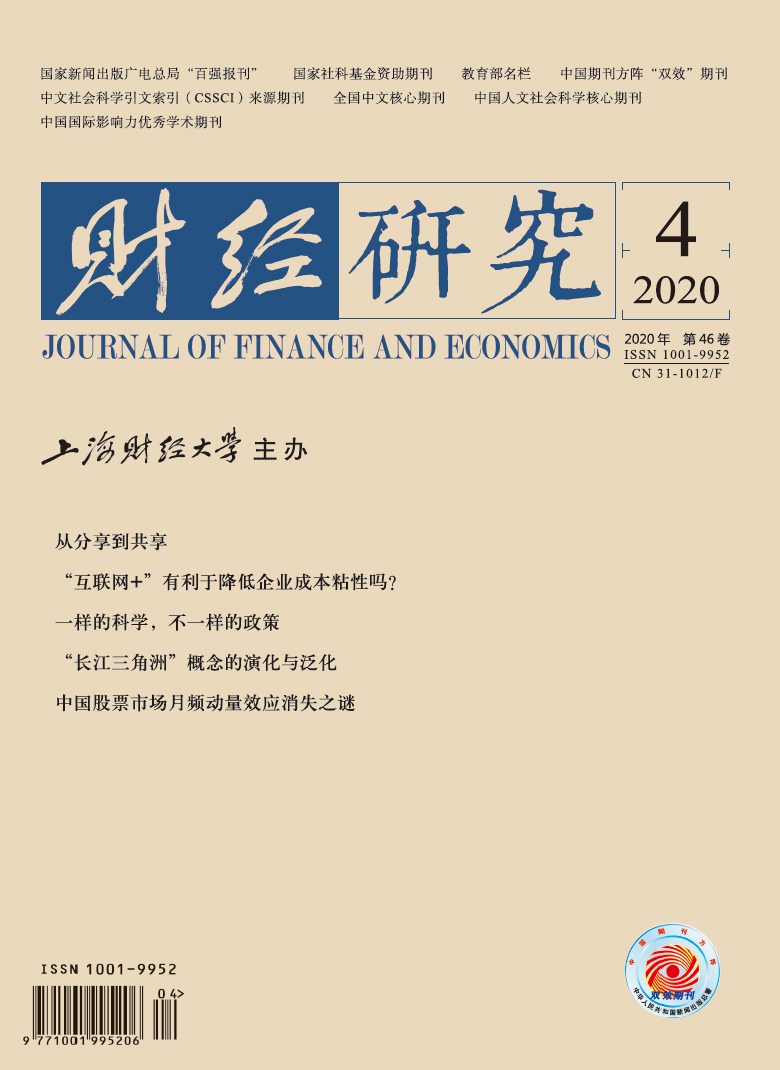In recent years, all sectors of society have achieved good results in promoting the supply-side structural reform. Significant progress was made in real estate destocking, excess capacity in coal and steel was cut, and the macro leverage ratio was basically stable. But it is slightly insufficient in “reducing costs and improving weak links”. Especially in “reducing costs”, there is still a huge room for improvement.
Only by combining the macro-level “reducing costs” reform with the demand-side reform of micro market entities, can the optimal allocation of resources be realized and the purpose of lowering costs be achieved. In the practice of enterprise cost control, the phenomenon of “cost stickiness” is a manifestation of high cost. The existence of cost stickiness not only means that when the business volume increases, the input of enterprise production factors may be greater than its actual demand, resulting in excessive cost expenditure, but also means that when the business volume decreases, the input of human, material and financial resources does not decrease correspondingly, resulting in resource waste. Therefore, the analysis of the resource consumption ratio in the production and marketing process of Chinese enterprises, and the analysis of the key factors to reduce corporate costs, have practical value and theoretical significance for solving effective supply and releasing corporate vitality.
In this paper, we use A-share listed companies from 2013 to 2016 as the research samples, and explore the impact of “Internet Plus” on the cost stickiness of enterprises and the channels of their action. The empirical study finds that, in general, “Internet Plus” has a restraining effect on the cost stickiness of enterprises. This restraining effect is more significant in the sample group with higher asset specificity, greater environmental uncertainty and lower management discretion. The above regression results show that “Internet Plus” will affect the cost stickiness of enterprises by reducing the adjustment cost of enterprises and alleviating the optimistic expectations of management. Further research finds that: (1) The restraining effect of “Internet Plus” on cost stickiness has a certain continuity. (2) To distinguish the different cost elements, “Internet Plus” restraining the cost stickiness of material resources is greater than the cost stickiness of human resources. (3) In the sample with lower asset specificity and less environmental uncertainty, “Internet Plus” aggravates the cost stickiness, and this kind of aggravating effect only exists in the sample group with low internal control quality. The findings of this study mean that the aggravating effect of “Internet Plus” on cost stickiness exists at the present stage, but the aggravating effect of “Internet Plus” on cost stickiness will be weakened with the improvement of various constraint mechanisms and governance systems of enterprises.
The conclusions not only provide a new understanding of how “Internet Plus” affects the cost stickiness of enterprises, but also help to provide policy recommendations for promoting the supply-side structural reform from the perspective of “reducing costs”.





 , 3
, 3 7298
7298  8943
8943

